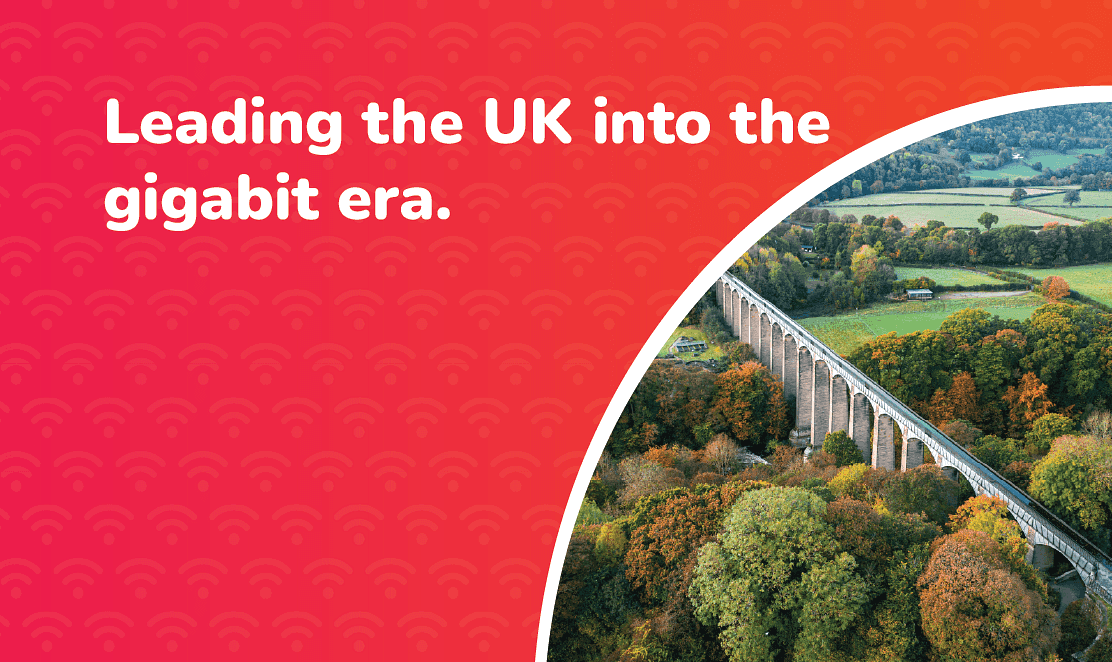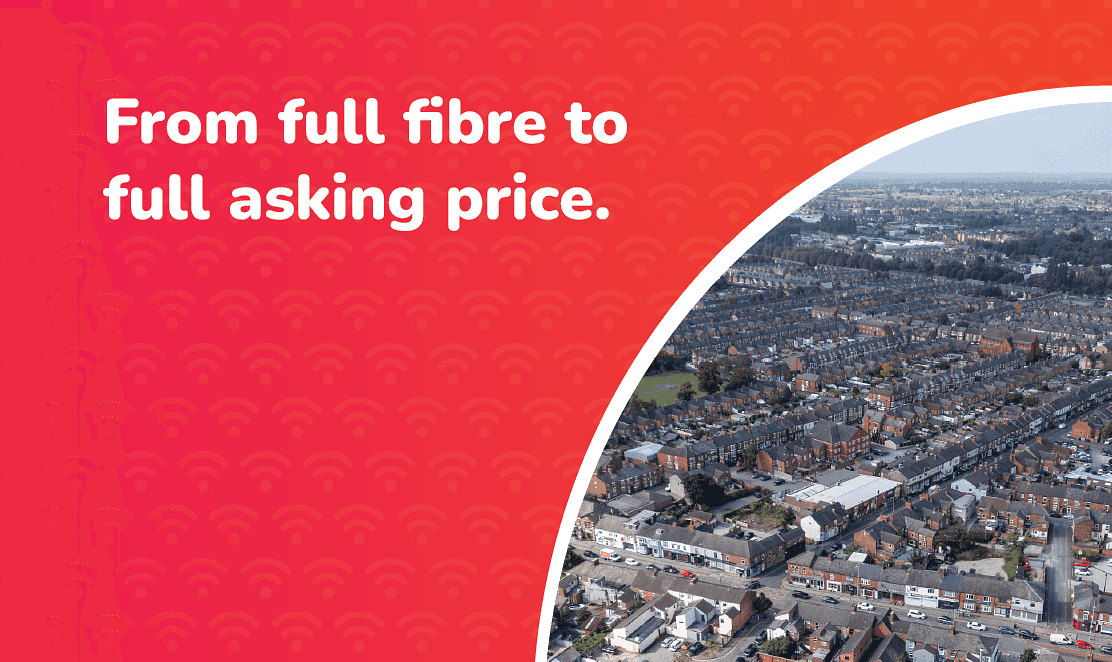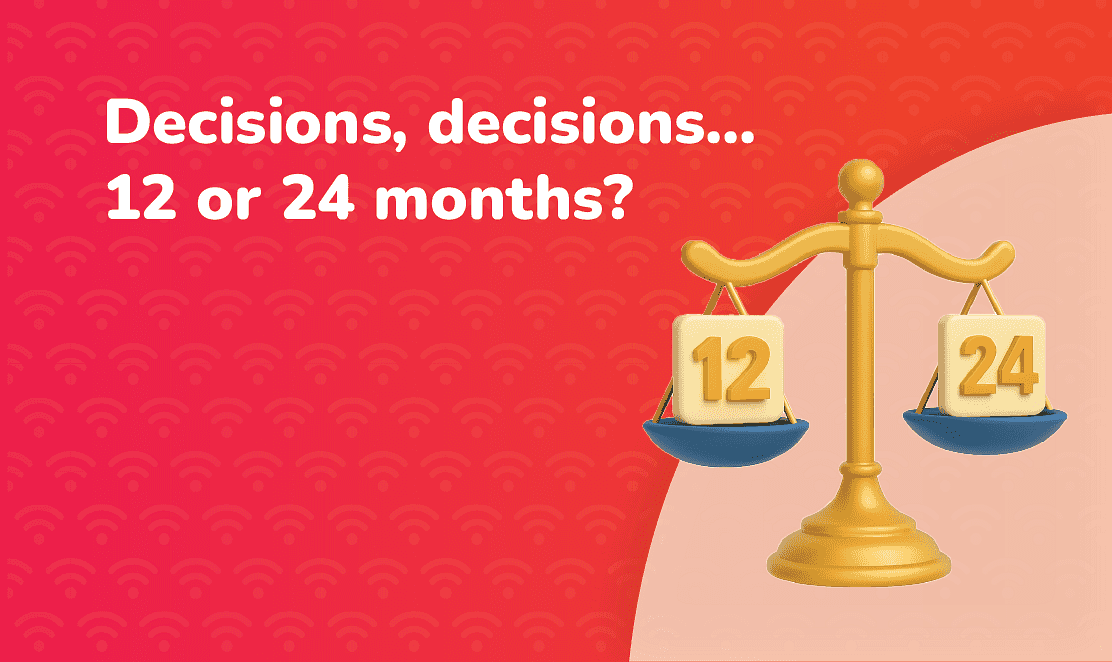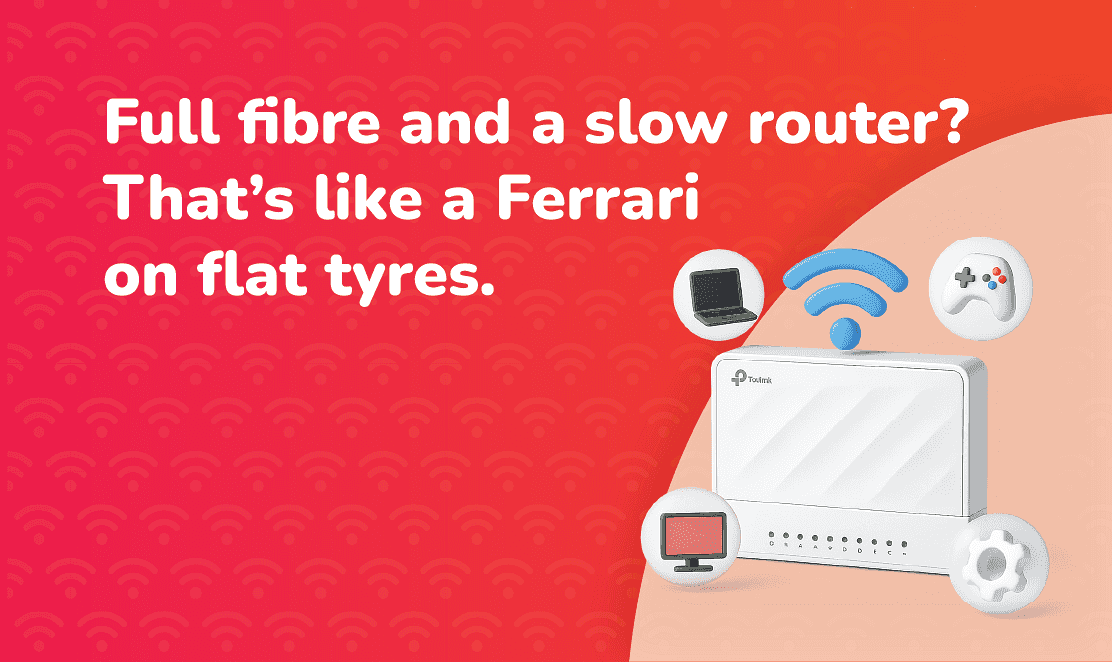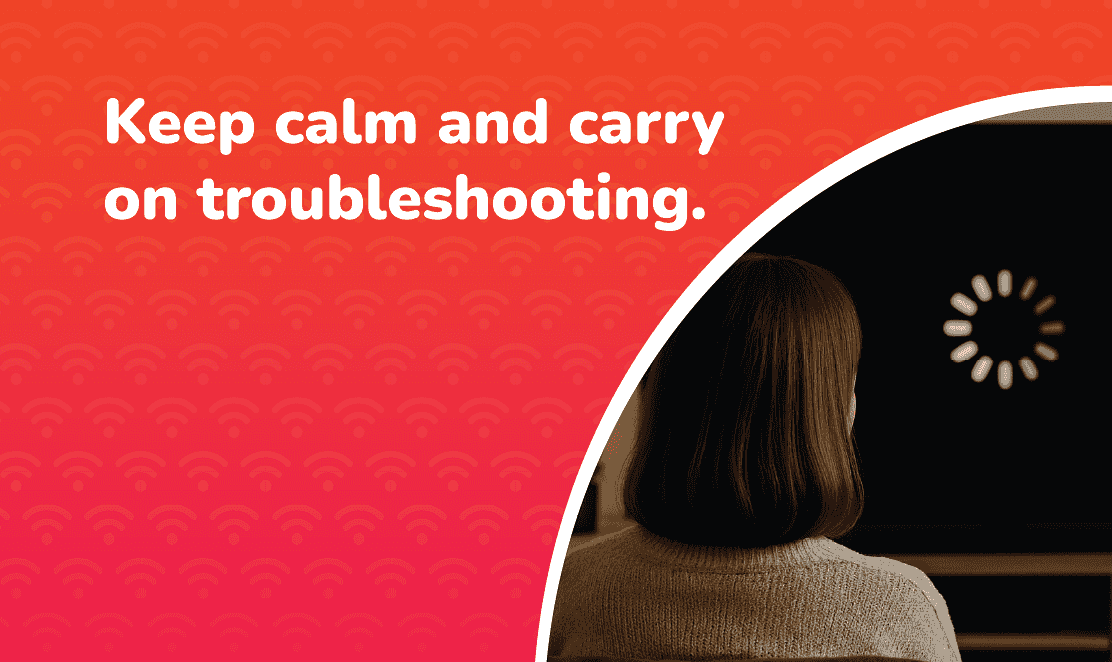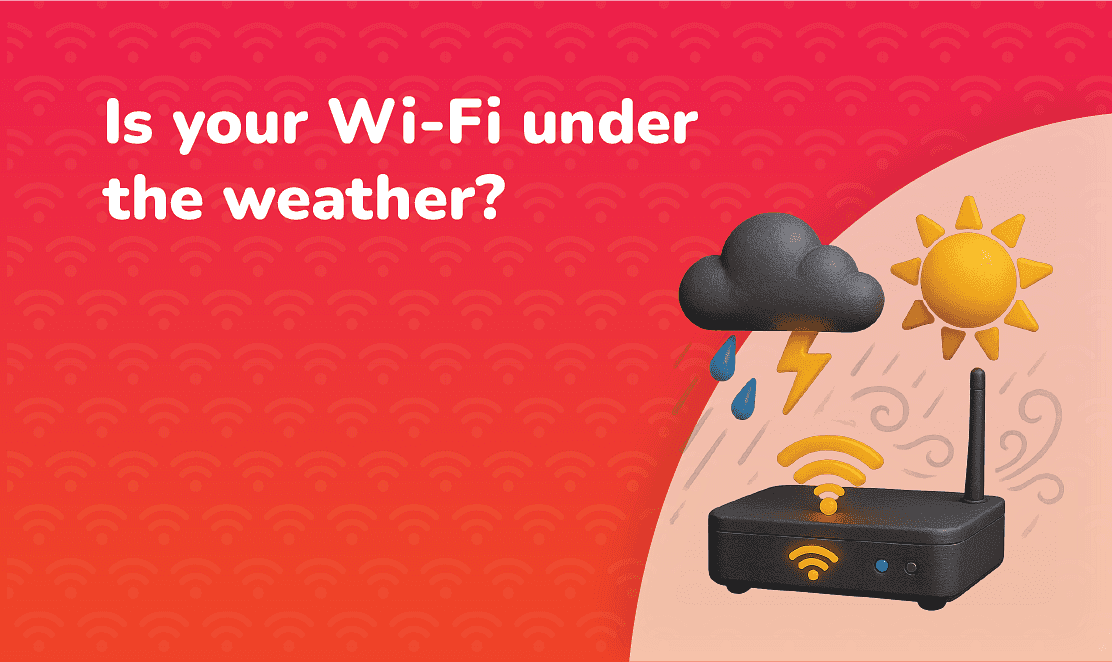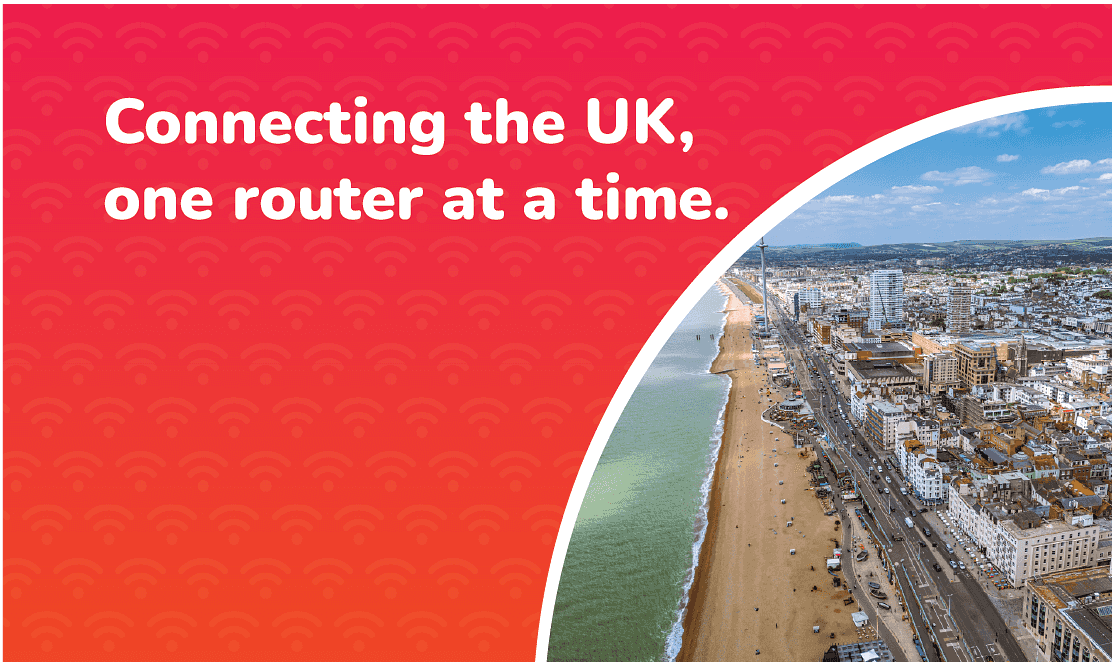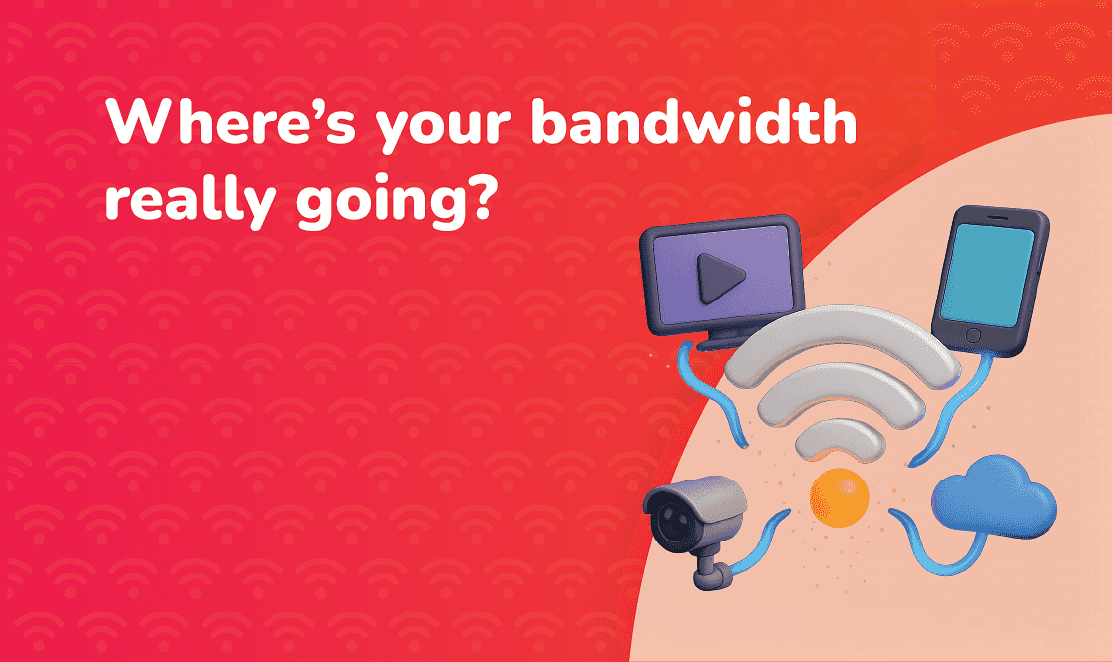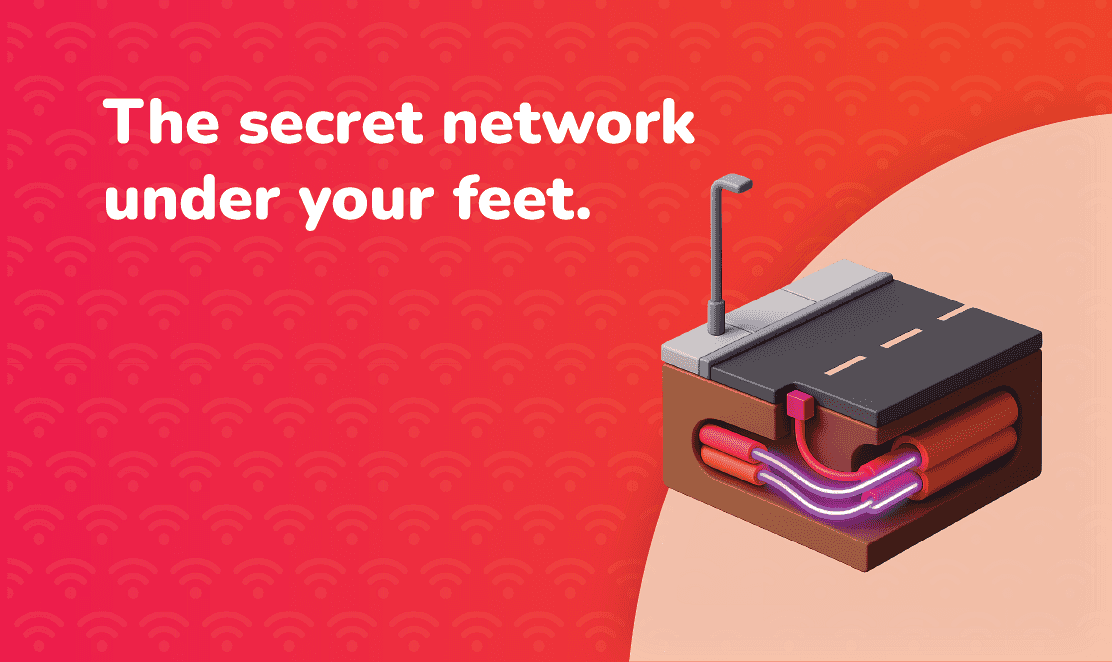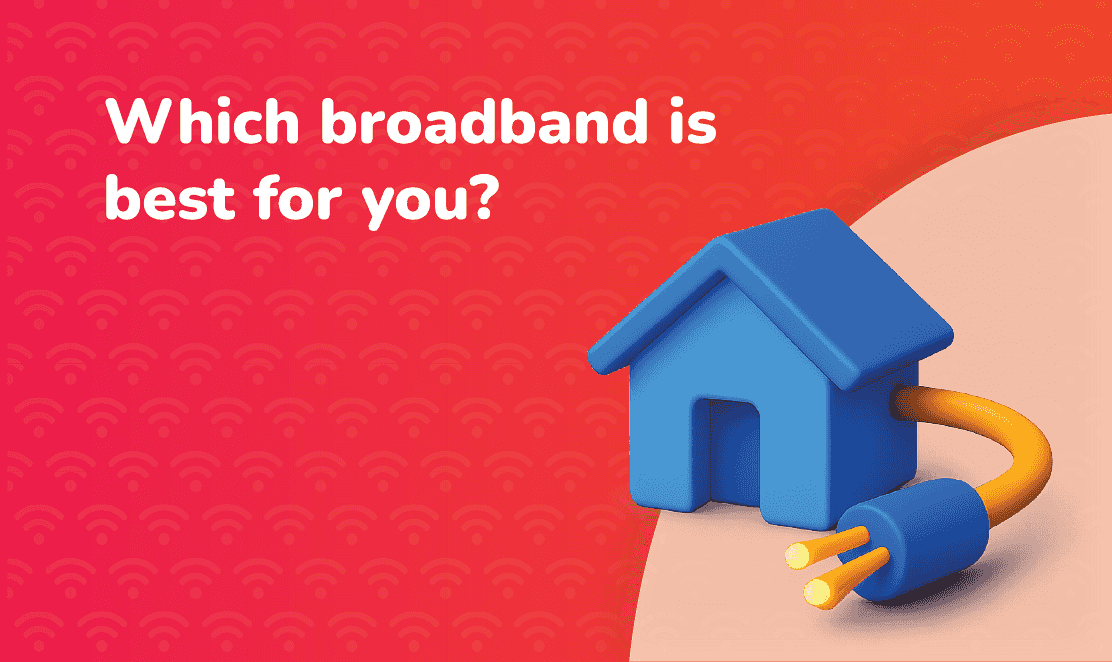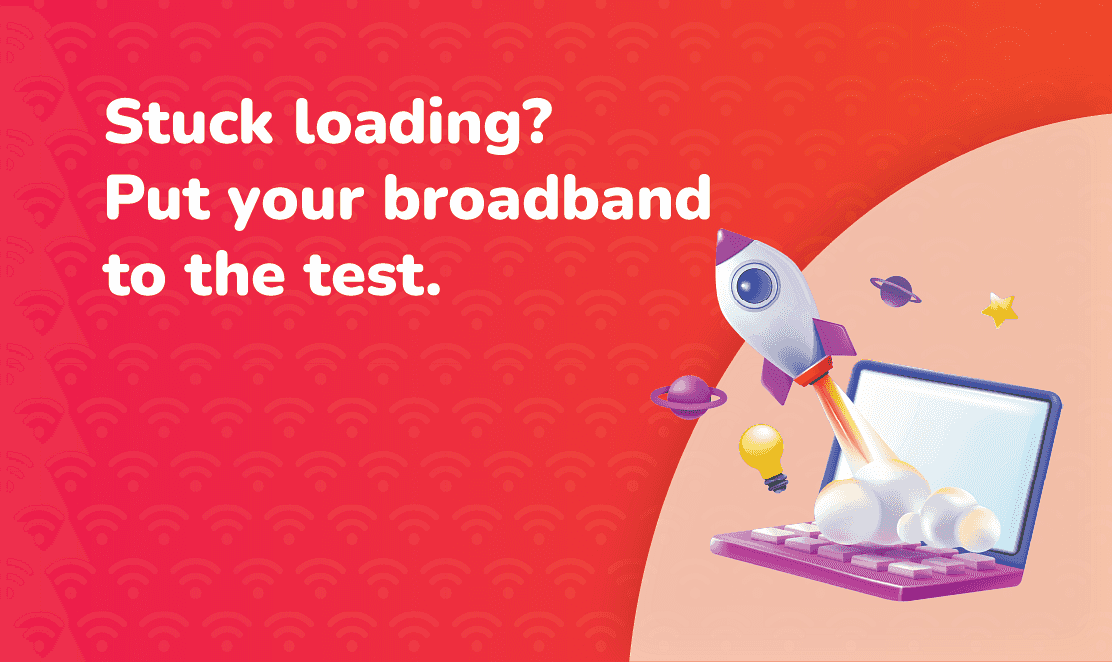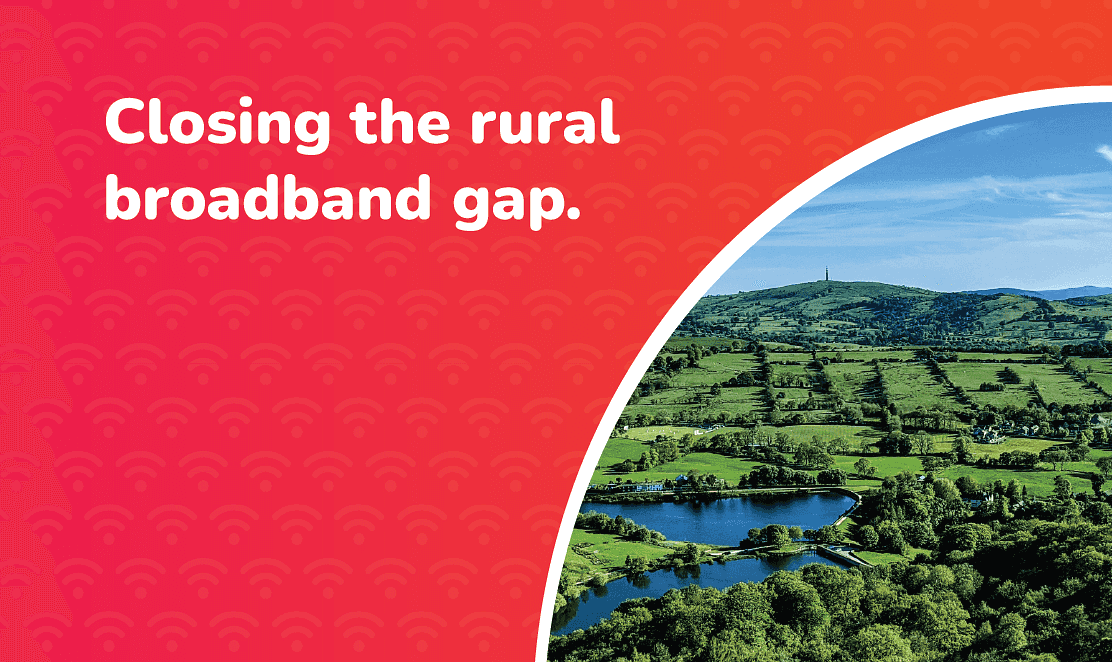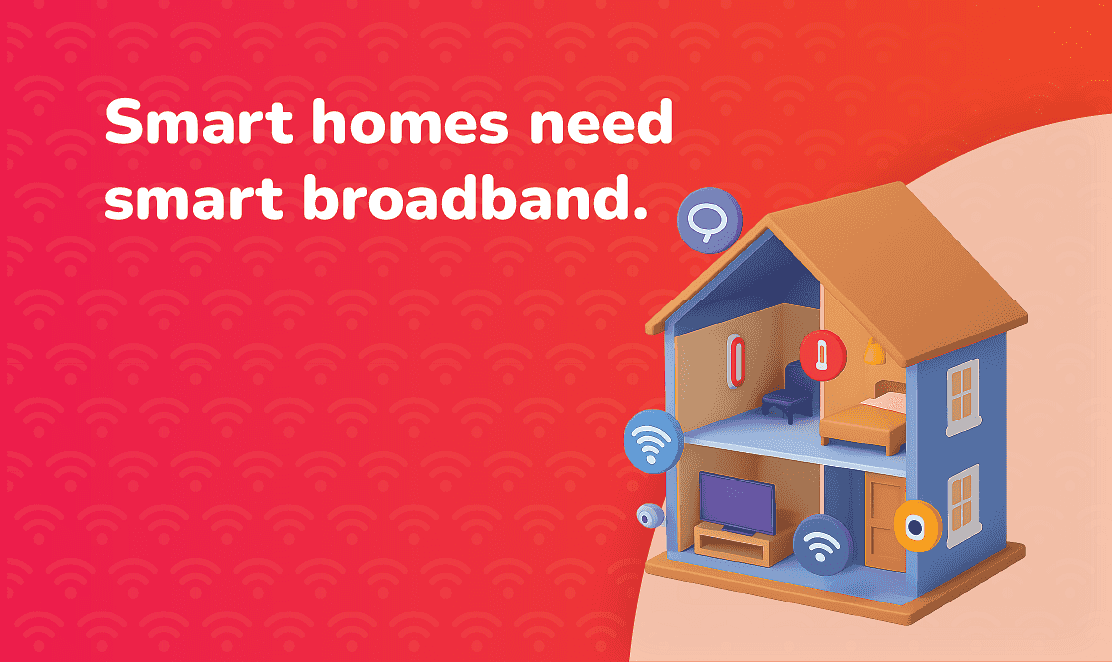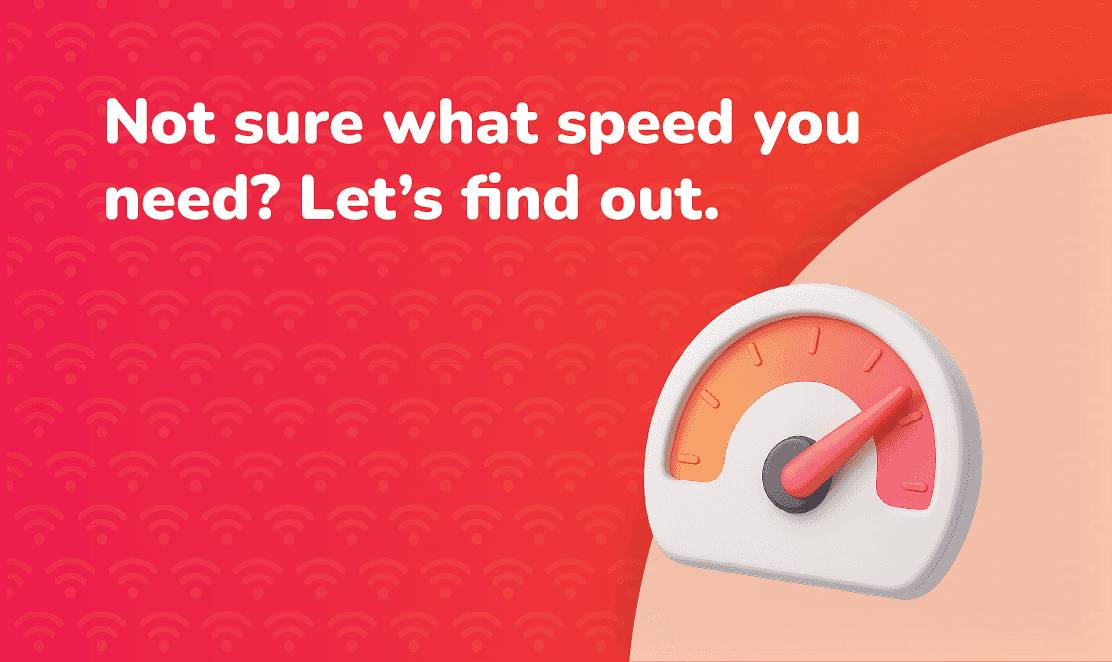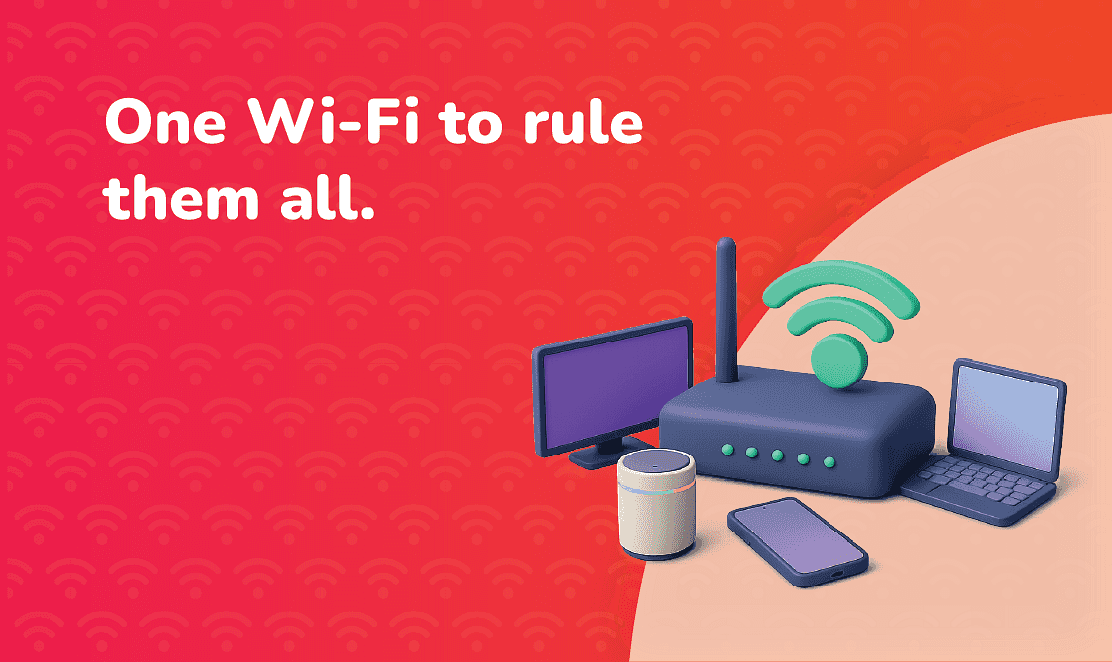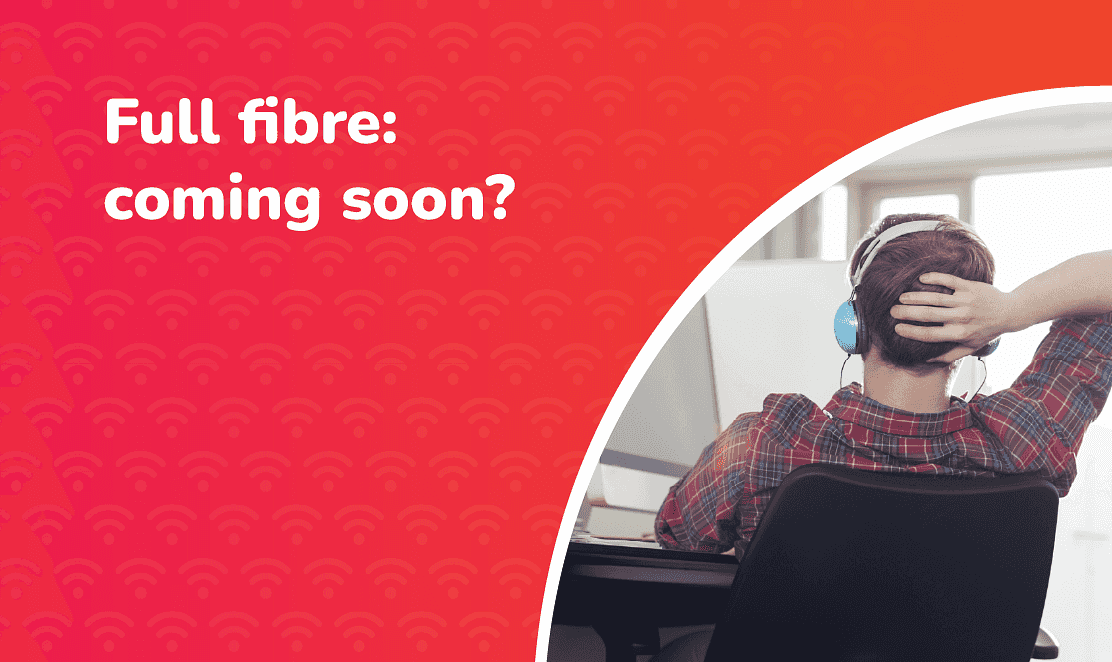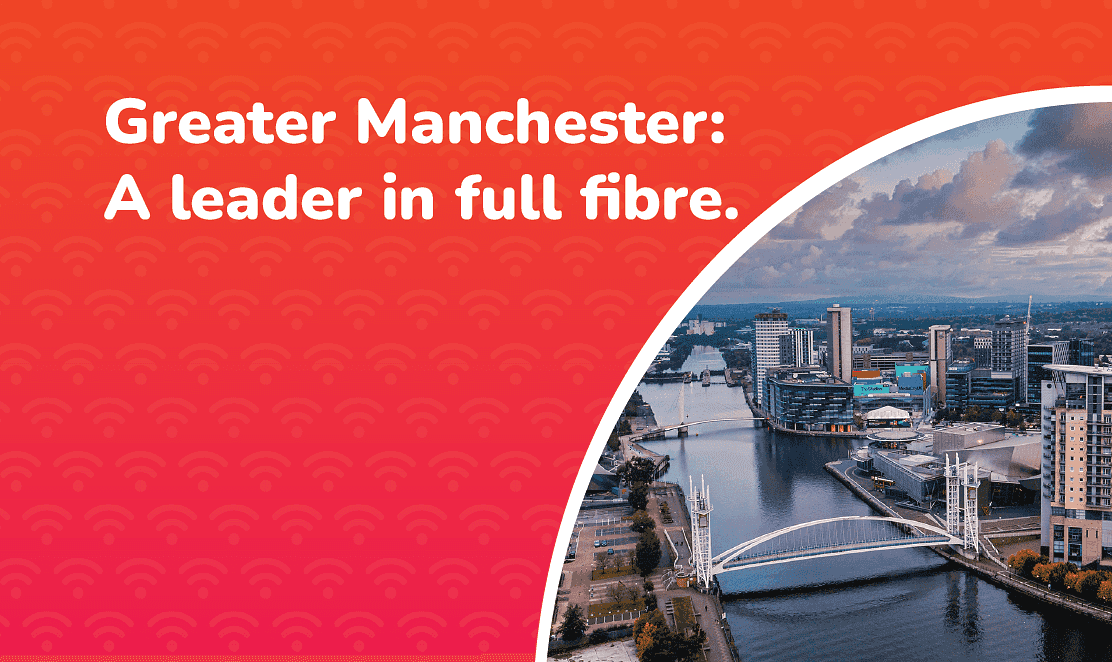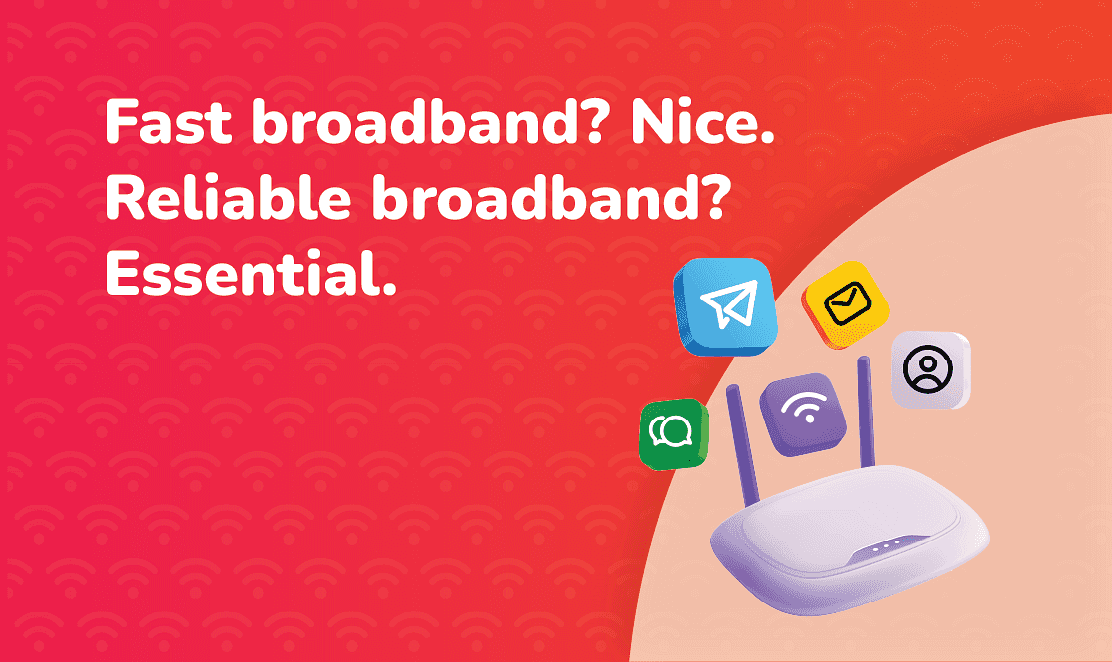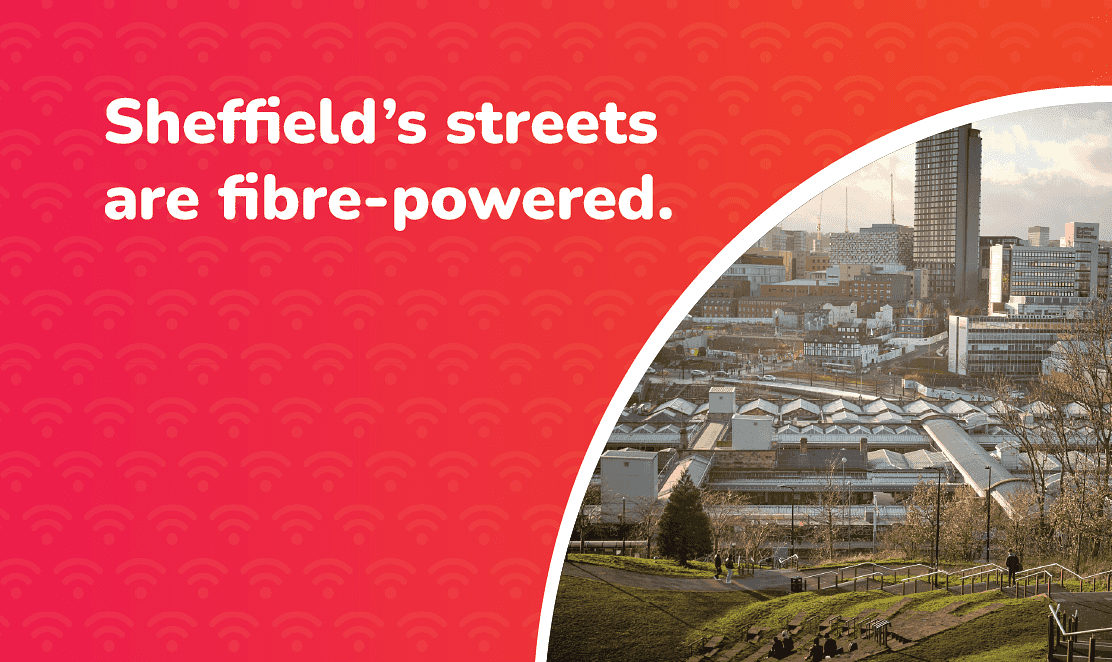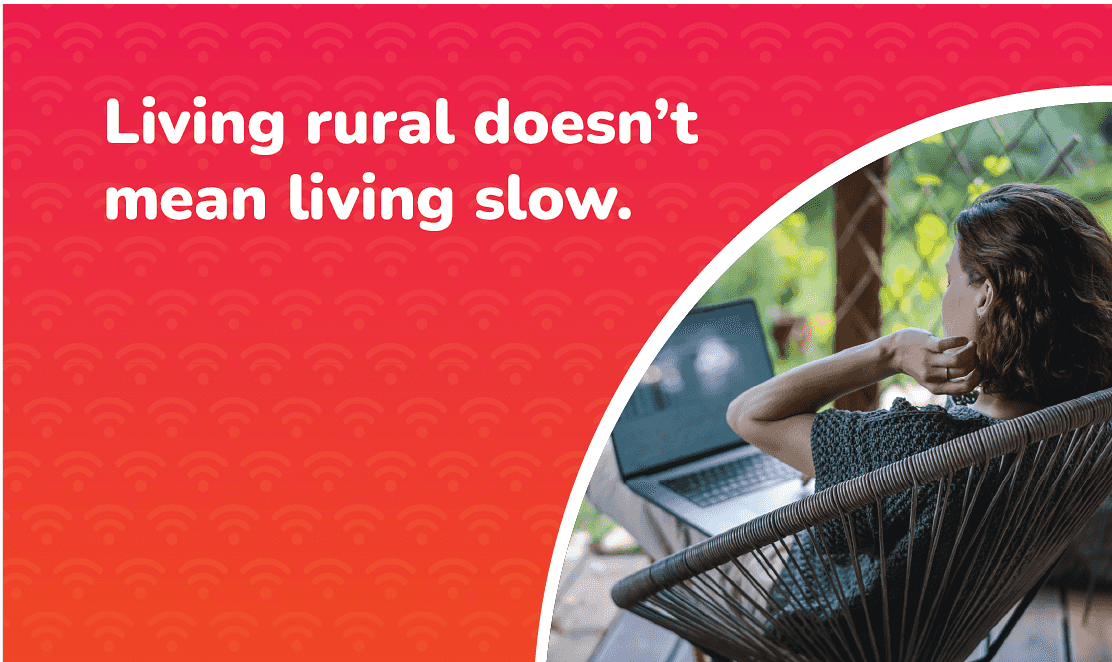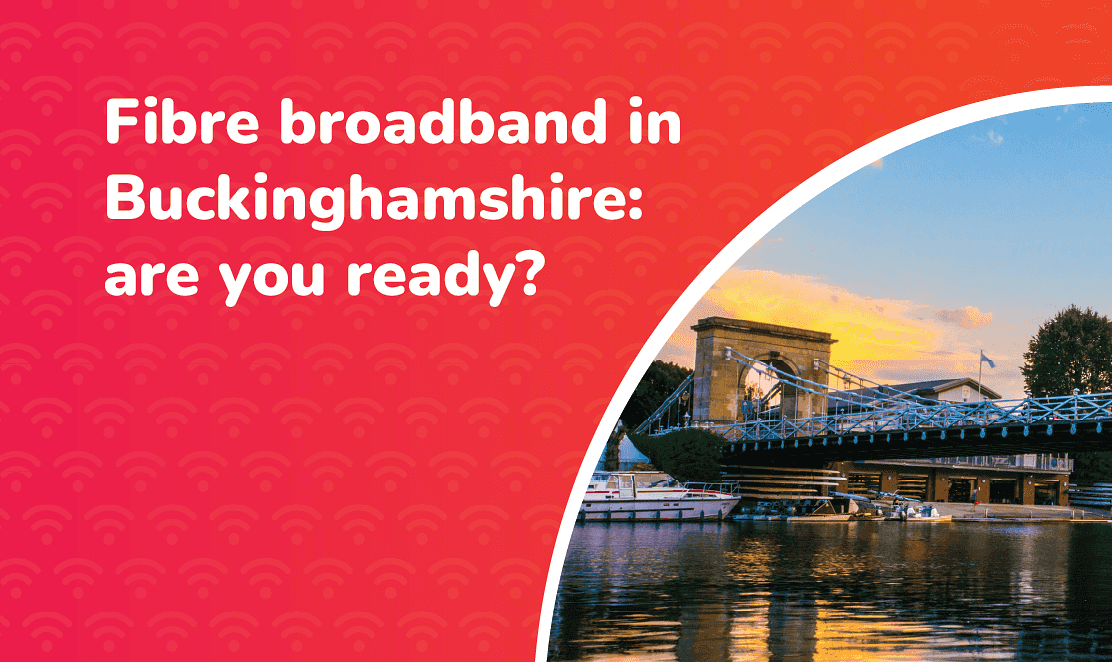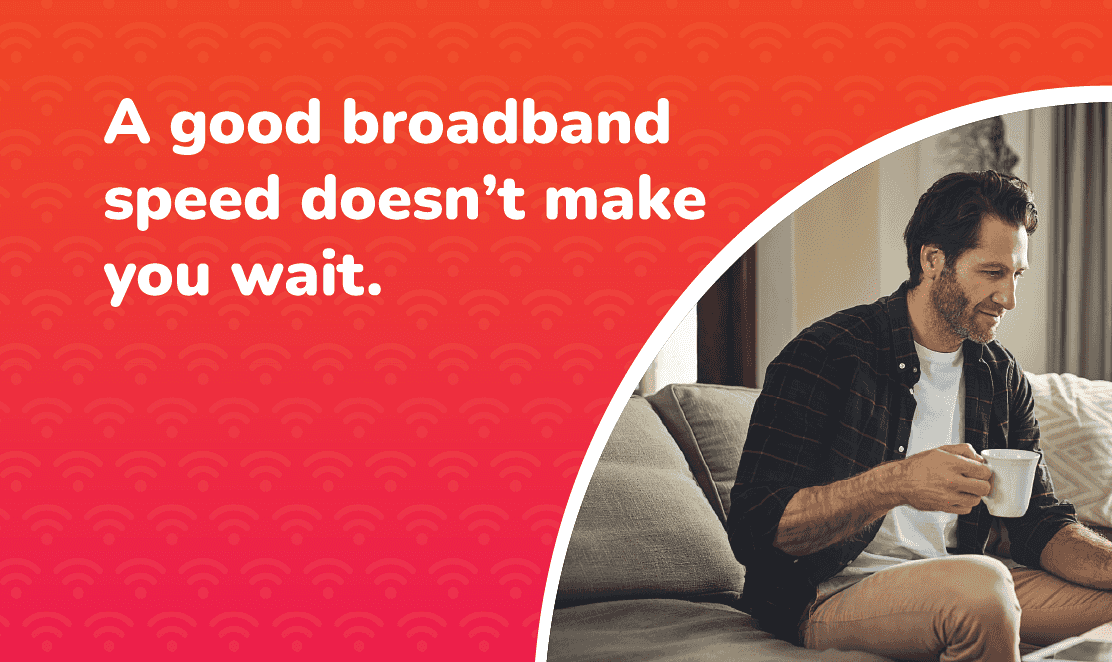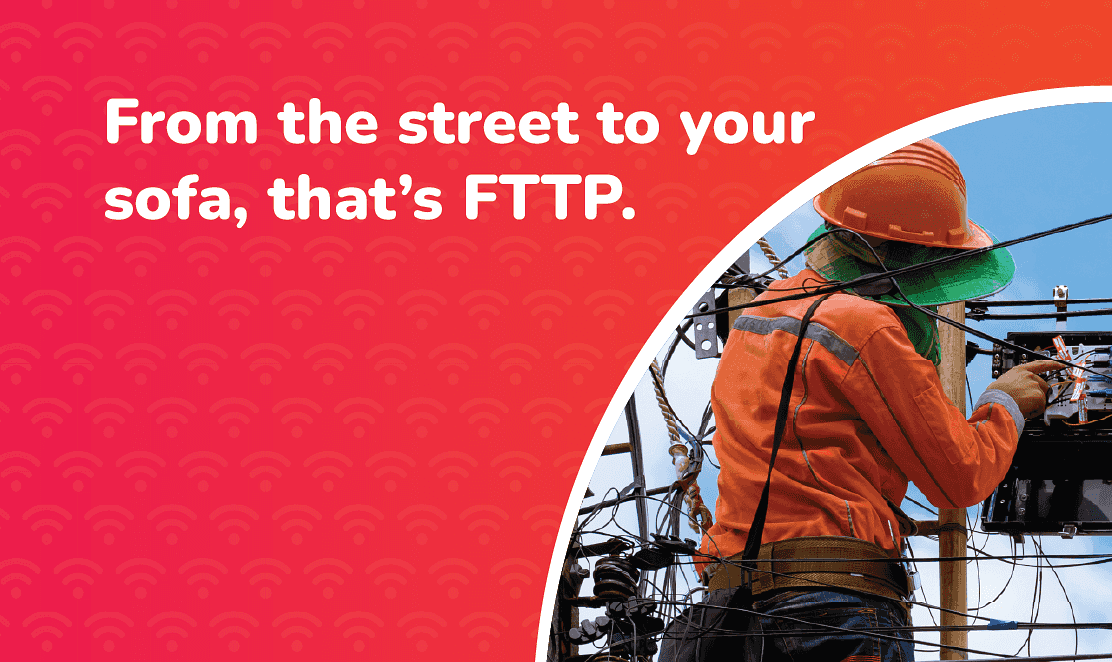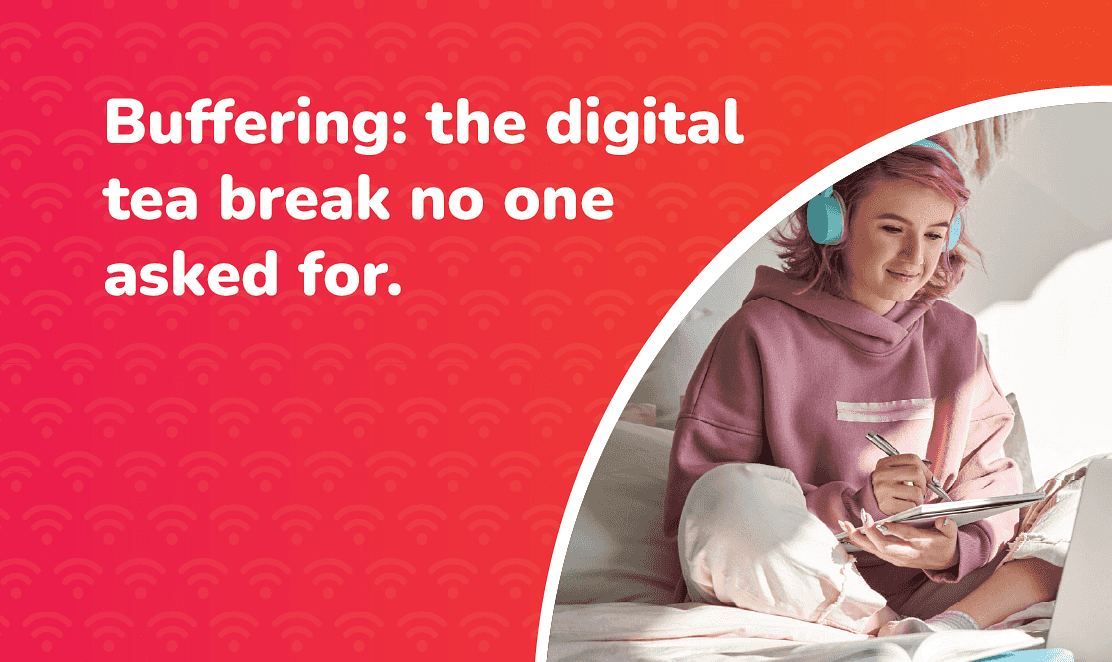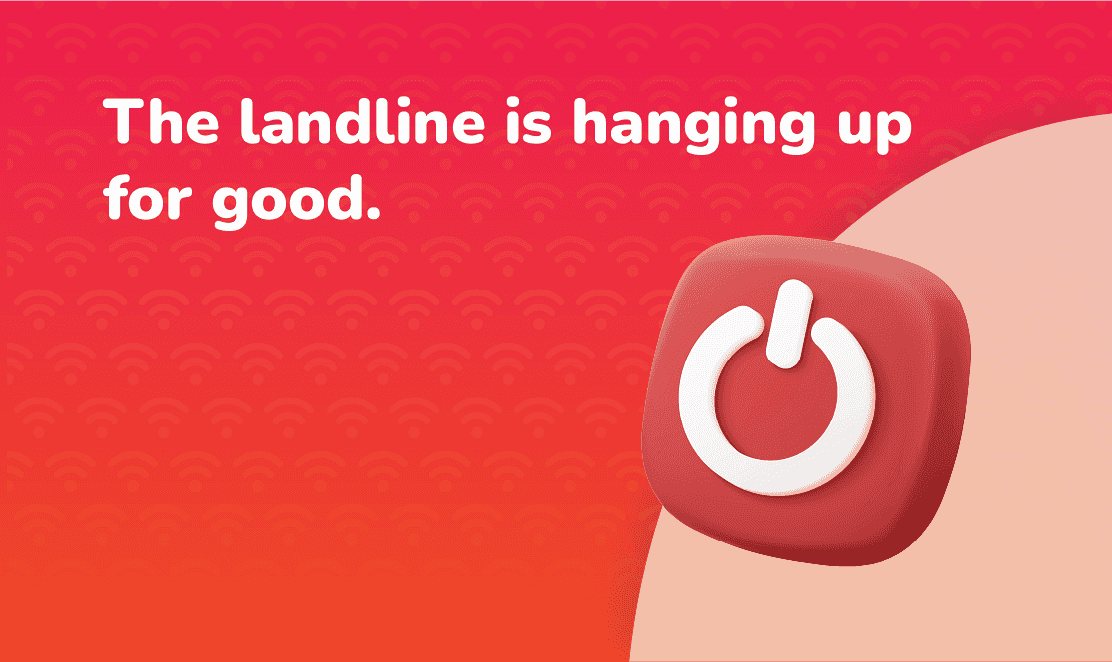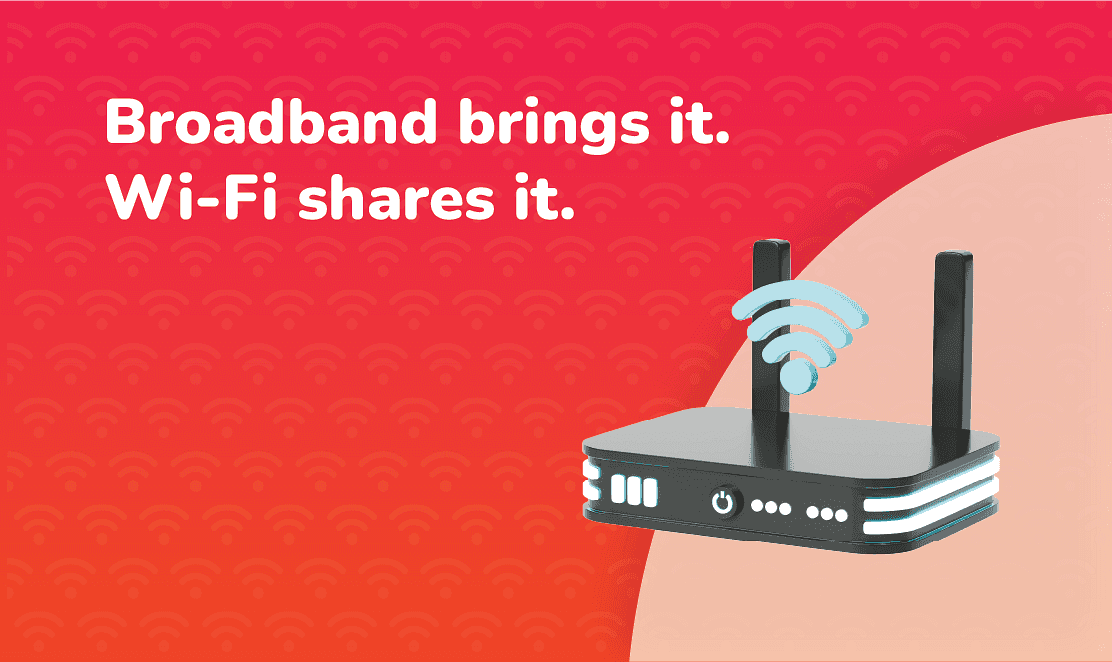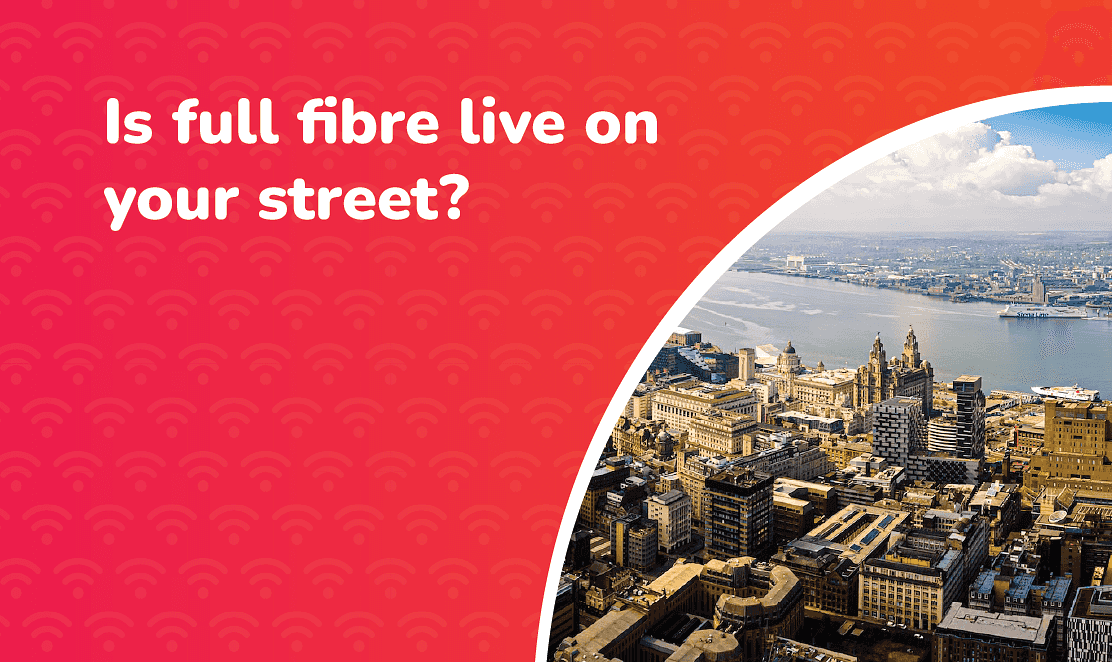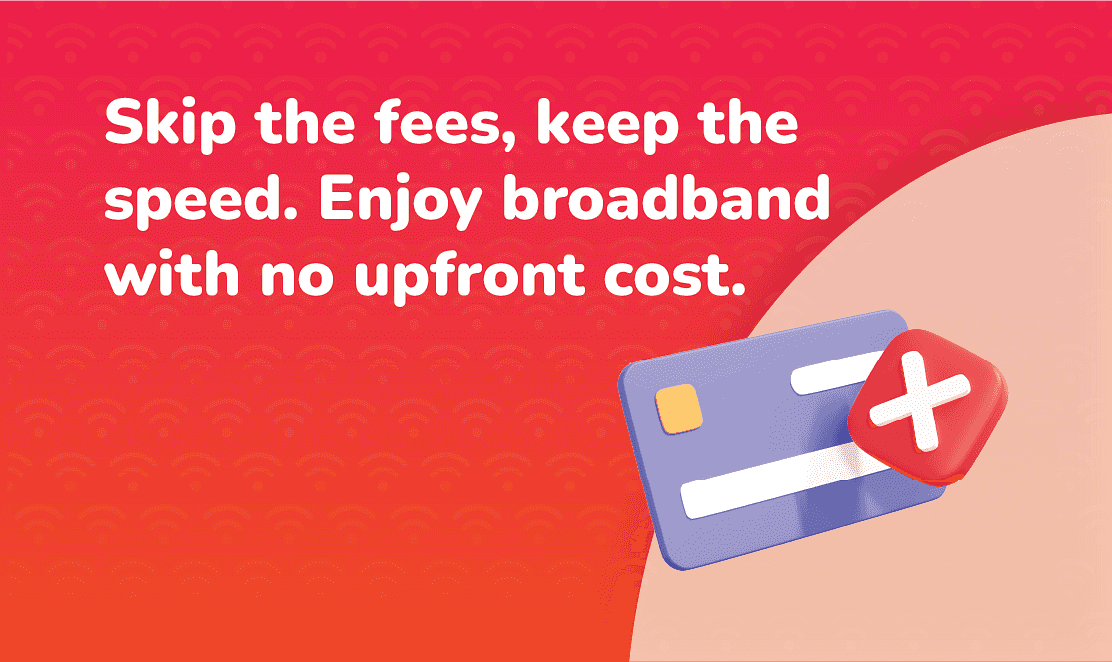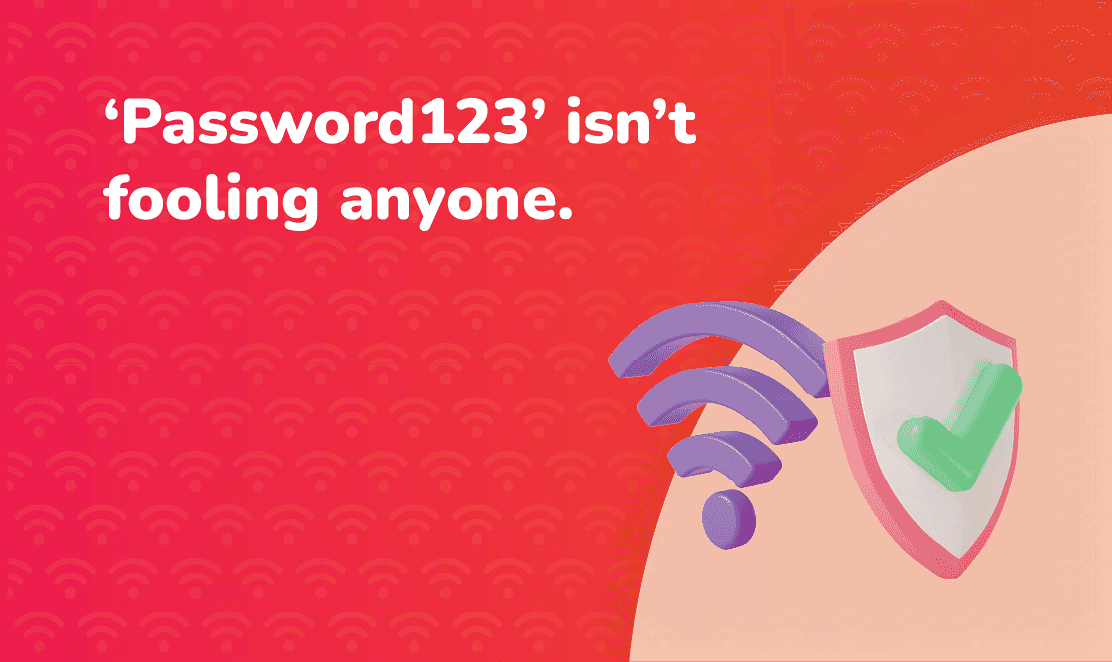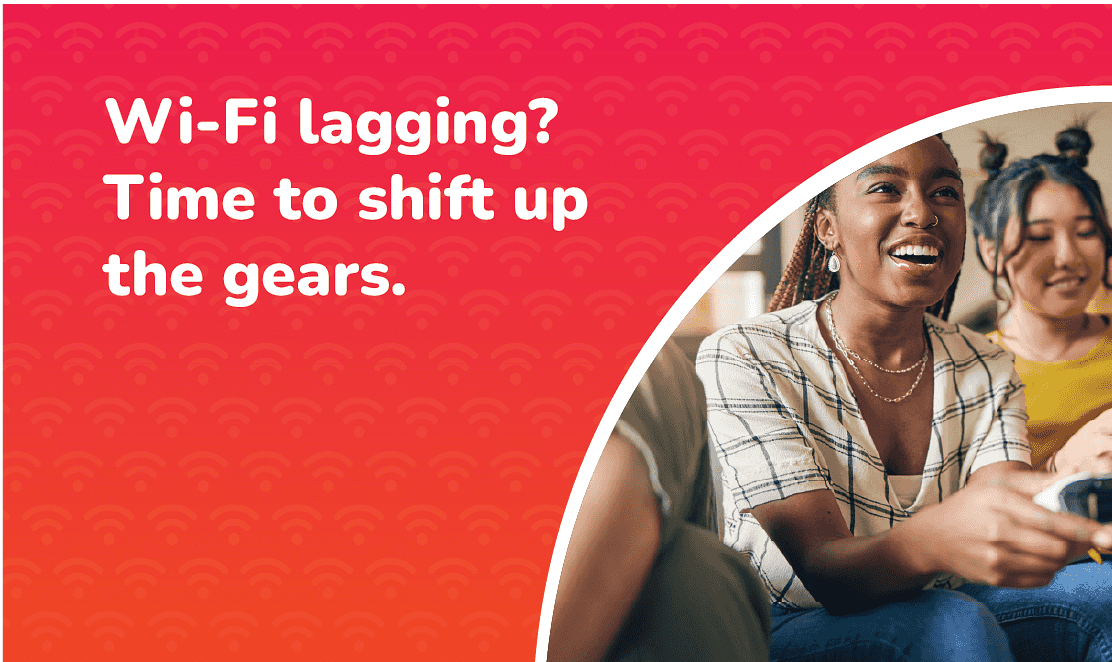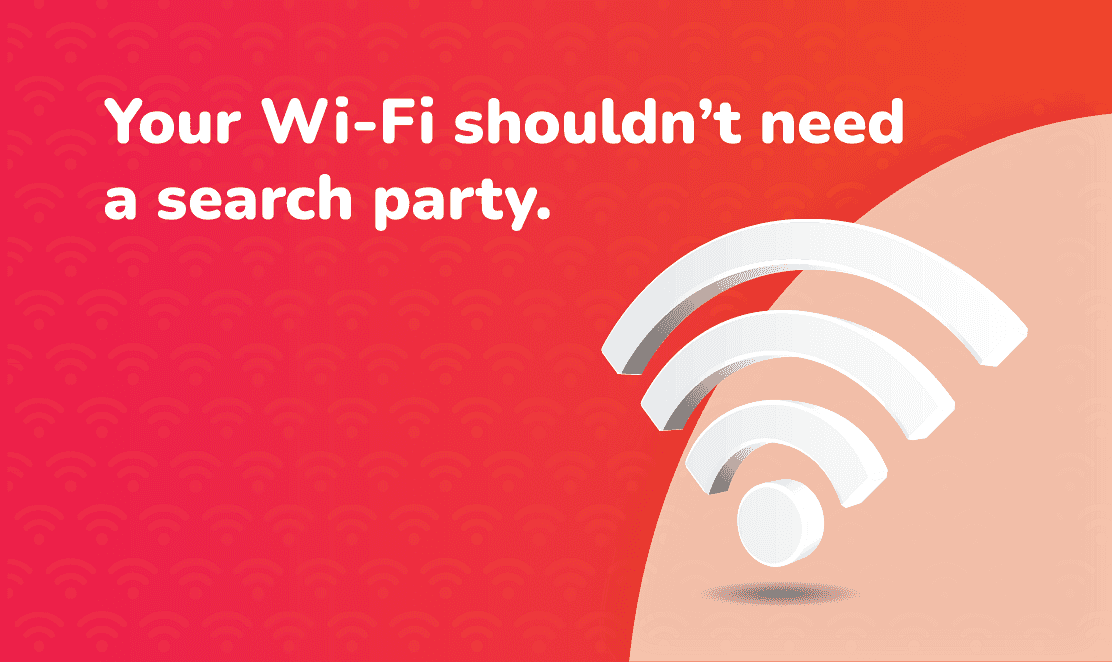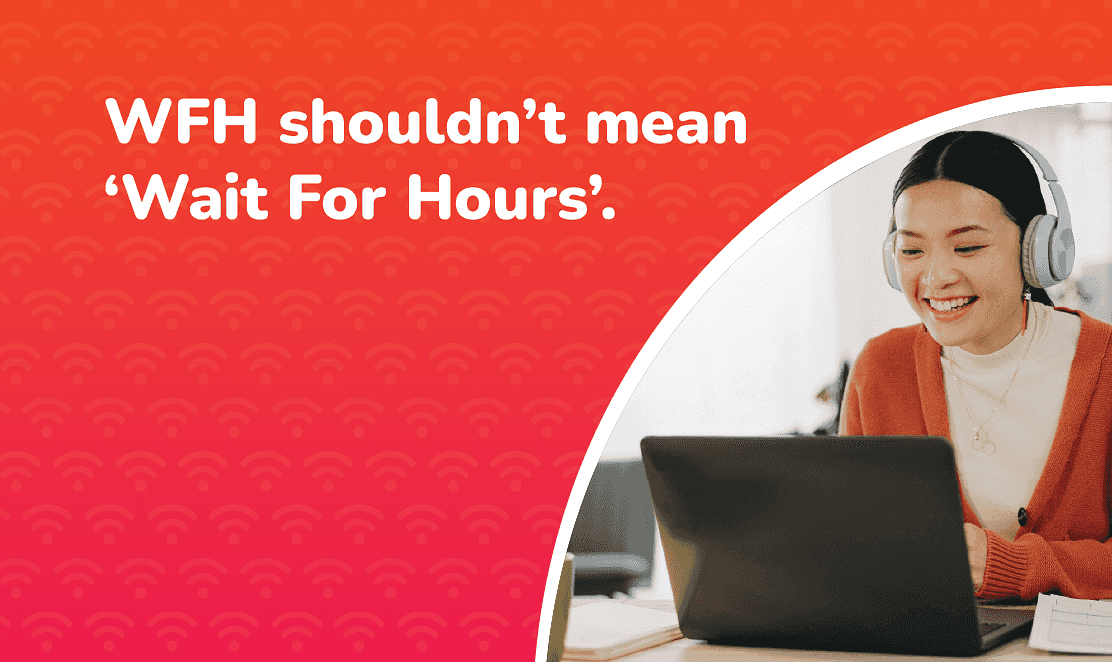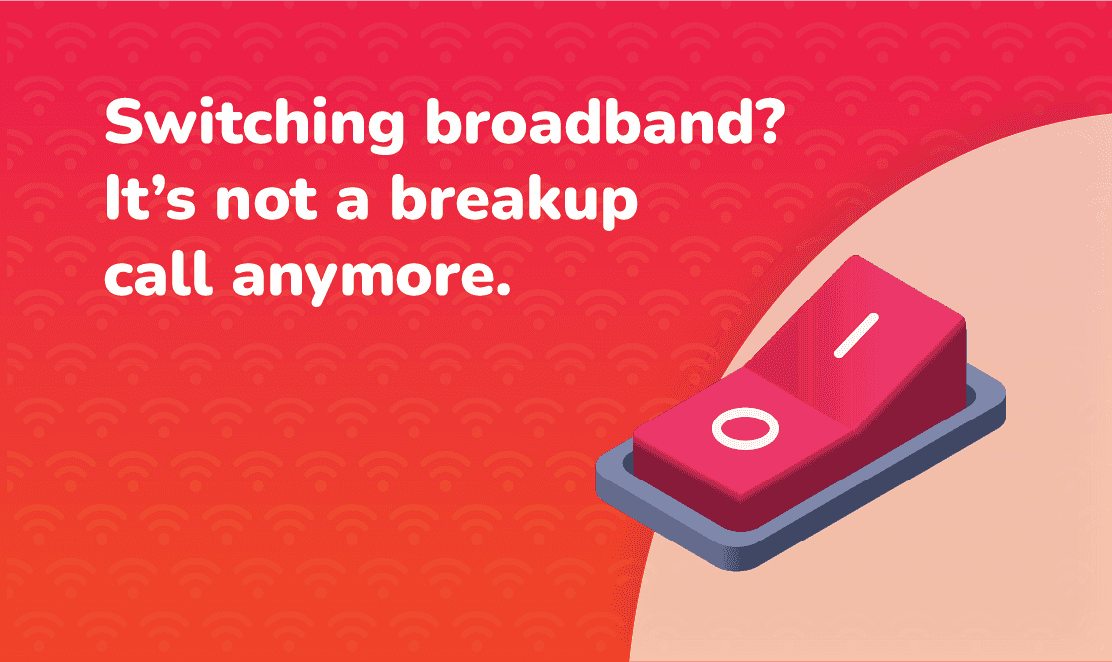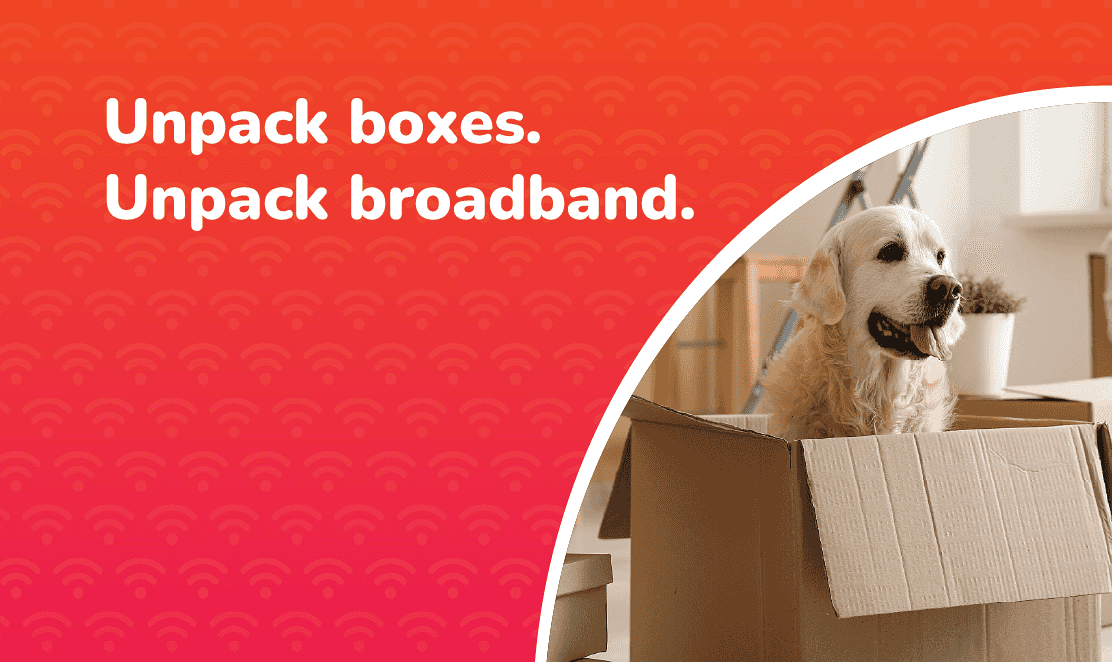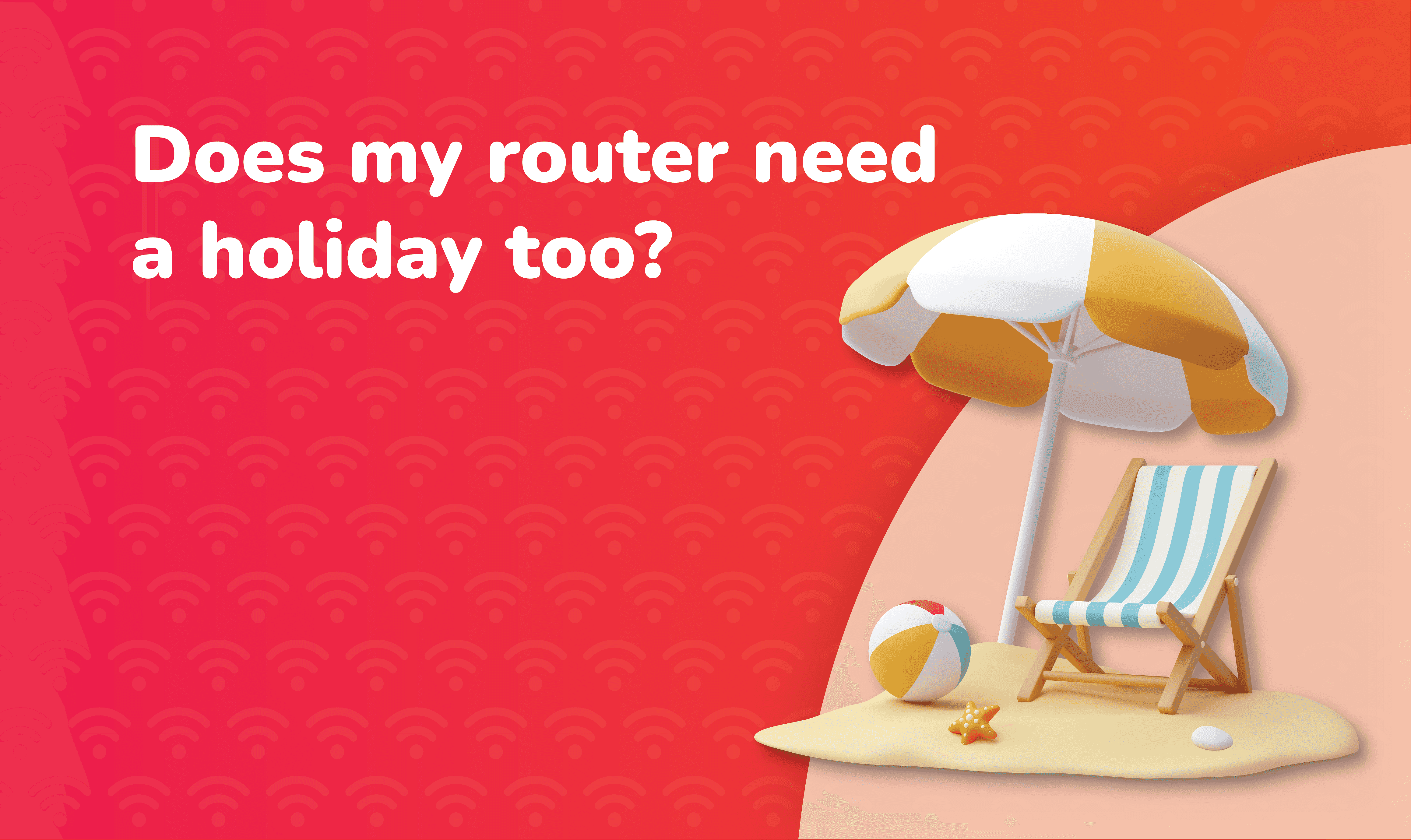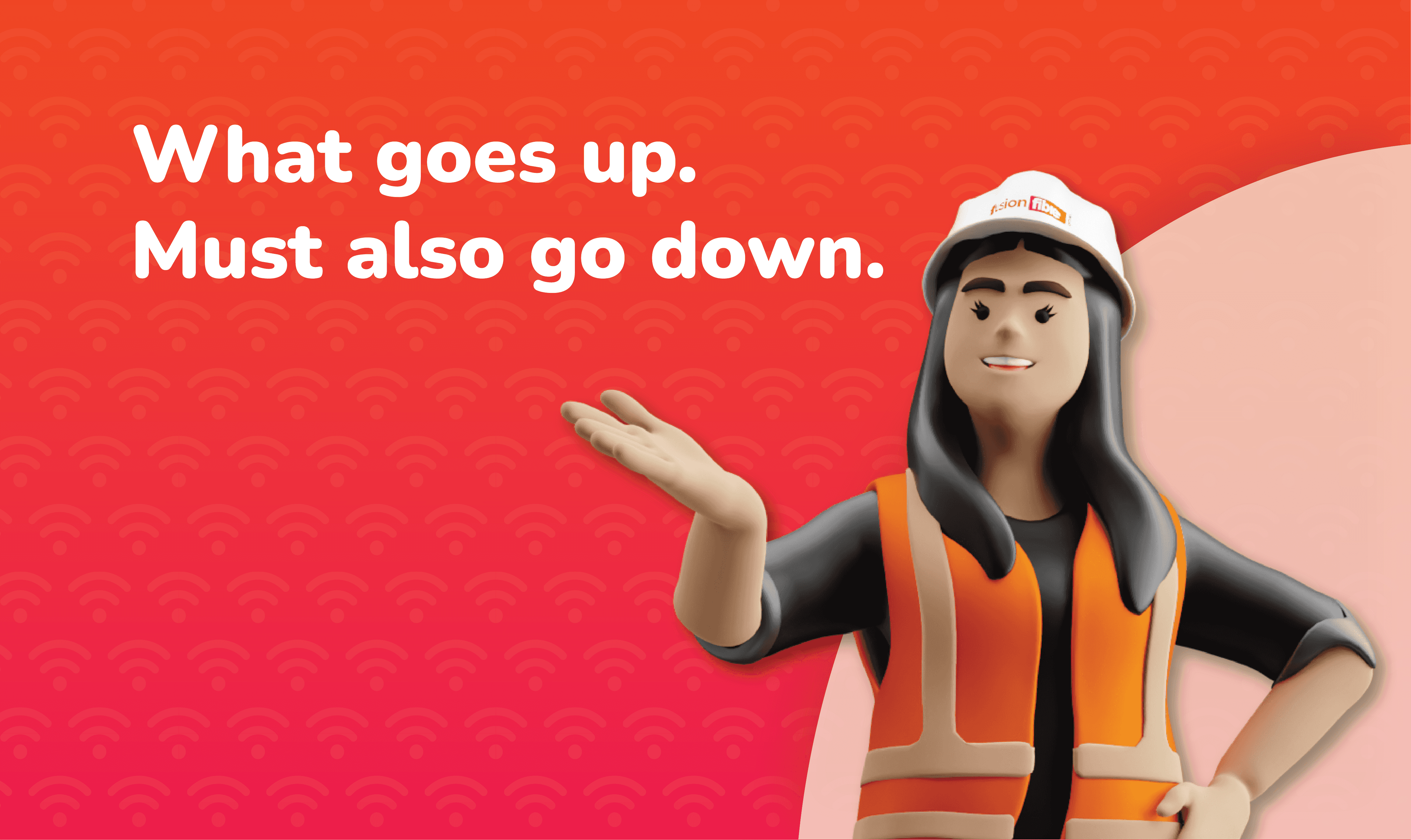Reading time: 5 minutes
When people talk about broadband, speed is often the headline figure. Yet there is another factor that can make or break your online experience: latency. Whether you are gaming online, streaming in 4K, or making a video call, latency plays a crucial role in how smooth your connection feels.
In this guide, we explain what latency means, how it affects different activities, and why switching to full fibre broadband is the best way to reduce it.
What Is Latency in Broadband and How Is It Measured?
Latency is the time it takes for data to travel from your device to the server and back again. It is measured in milliseconds (ms) and is sometimes called ping.
- Low latency means fast response times and smoother performance.
- High latency means delays, lag, and frustration.
While download and upload speeds measure how much data your connection can handle, latency measures how quickly that data gets where it needs to go.
As full fibre rollout expands across the UK, average broadband latency is steadily improving, giving households smoother gaming, streaming, and video calls.
Why Low Latency Is Essential for Online Gaming
For gamers, latency can be the difference between winning and losing. In online multiplayer games, every millisecond counts.
- Low ping (<30 ms): Smooth gameplay, fast reactions, minimal lag.
- Medium ping (30–70 ms): Playable, but slight delays are noticeable in competitive games.
- High ping (100 ms+): Severe lag, delayed reactions, and disrupted gameplay.
For more information, read our full guide to the best broadband for gaming.
How Latency Affects Streaming, Video Calls and Cloud Apps
Latency does not just impact gamers. It also affects streaming services, live sports, and video calls:
- Streaming: High latency can cause buffering, delays in live streams, or out-of-sync audio.
- Video calls: High latency makes conversations awkward, with people talking over each other due to delayed responses.
- Cloud services: Tasks like cloud gaming or remote working apps feel sluggish with high latency.
According to Which?, fibre connections provide a more stable experience for video calls and streaming compared to older copper-based networks.
Find out more in our broadband streaming guide.
Broadband Latency vs Speed: What Is the Difference?
It is easy to confuse latency with broadband speed, but they are not the same. Remember:
- Speed = how much data you can download or upload at once.
- Latency = how quickly your connection responds.
For example, you could have a fast connection (500 Mbps download speed), but still experience lag in games if your latency is high.
Learn more in our guide: Broadband speed is not everything.
Tips to Improve Broadband Latency and Reduce Lag
- Use a wired connection: An Ethernet connection is more stable than Wi-Fi.
- Close background apps: Streaming or downloads in the background increase latency.
- Upgrade your router: Modern routers handle multiple devices more efficiently.
- Switch to full fibre: Fibre-to-the-Premises (FTTP) delivers much lower latency than copper.
- Check performance: Run our free broadband speed test.
Why Full Fibre Broadband Offers the Lowest Latency
Full fibre broadband, also known as FTTP, uses fibre optic cables all the way to your home. Unlike copper-based connections, fibre signals travel at the speed of light and are less affected by distance or interference.
- Lower latency for gaming.
- Smoother video calls.
- More reliable streaming in HD or 4K.
Find out more in our guide: What is full fibre broadband?
The Future of Broadband Latency in the UK
As broadband technology advances, latency is expected to fall further. As of September 2025, full fibre coverage reaches 79% of UK homes and businesses (ThinkBroadband), and with government targets of nationwide gigabit broadband by 2030, more households will benefit from lower-latency connections every year (UK Parliament Library).
Switch to Full Fibre for Lag-Free Gaming and Streaming
Latency may not grab headlines like speed, but it is one of the most important factors in your online experience. From gaming to video calls, a low-latency connection ensures smooth, instant responses.
At Fusion Fibre Group, we provide broadband that is not just fast, it is reliable, responsive, and built for the future.
Check your postcode to see if ultrafast, low-latency broadband is live in your area.
Frequently Asked Questions About Latency
What is a good latency for gaming?
Under 30 ms is ideal for competitive gaming, while up to 70 ms is generally fine for casual play.
Does broadband speed affect latency?
Not directly. Latency measures response time, while speed measures how much data can be transferred.
Can Wi-Fi increase latency?
Yes. Wi-Fi signals are more prone to interference than wired Ethernet connections, which usually offer lower latency.
How can I check my latency?
You can run a speed test that shows ping results. Try our free broadband speed test.
Which broadband has the lowest latency?
Full fibre broadband (FTTP) typically offers the lowest latency in the UK, making it the best choice for gaming, streaming, and video calls.


 No image Big Thumb
No image Big Thumb 